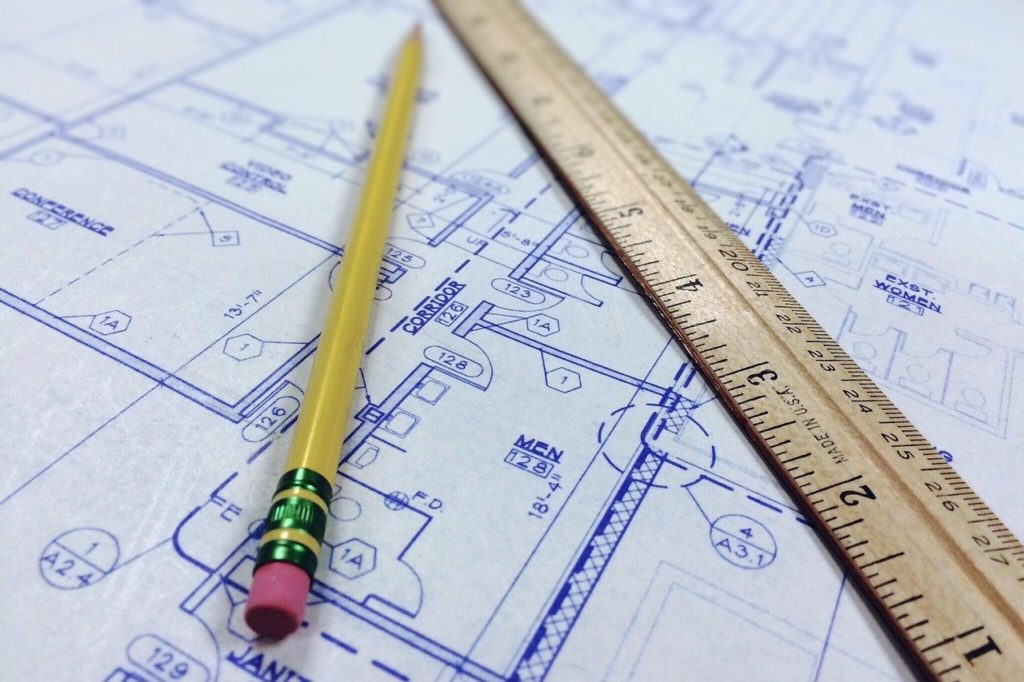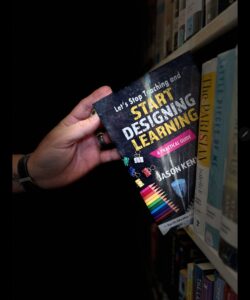In order to understand this reason, we have to think more along the lines of the process of teaching itself is not preparing students for the future rather than the content knowledge. No one will argue that in order to learn 4th grade math content, students must have been prepared by content from 3rd grade math classrooms. What I contend is that teaching is not preparing our students to be the thinking, collaborating, professional, communicative, critical problem solvers they will eventually need to be later on in life. “Traditional teaching” as I have described before, and summarized with this graphic below, does not typically grow and foster these attributes in our students.
Here’s a general run down of what happens now. Elementary school teachers teach the way we’ve been teaching for the last century, getting the students that last year, stressing the necessity of making sure they are completing their work, sitting quietly, being “good students” in order to prepare them for middle school. Middle school gets a little more rigid in their compliance-driven, traditional teaching models, stressing that they are only getting the students ready for high school. High school classes, in a lot of cases, consist of a lot of notes, sit-n-get, and passive learning because that’s what students will be experiencing when they get to college. And our higher institutions, well they dump a vast amount of content-specific information, assess the retaining of that information, and turn graduates out into a workforce that they have not been prepared for in the slightest when it comes to many of the skills that matter.
What are those skills that are seldom addressed by traditional teaching? It’s the “soft skills” that employers are begging for out of prospective employees: communication, interpersonal relationships, professionalism, quality decision making, reflective practices, teamwork, problem-solving, critical-thinking, ethical behavior, flexibility, leadership, and diversity to name a few. Traditional teaching practices may hit on some of these intermittently from time to time over the average course of an K-College education. However, it is surface level at best. Designing active learning experiences that imbed opportunities for these skills to be constantly and continually developed is key to really preparing our students for the actual reality they will face post-education.
I know of no job that consists of daily sitting at a single desk, quietly reading and responding to questions or completing a worksheet, which results in a paycheck at the end of the week.
Yet, this is the reality we are preparing our students for? I wish someone would pay me my current salary to complete worksheets or answer those questions at the end of the reading selection. If you know of anyone hiring for that position, please post a reply, I’m interested.
Until those types of jobs become mainstream employment venues, we need to rethink what we offer to students in their learning. We need to design those opportunities for them to learn not only the “what” of the content we present them, but the “whys” and the “hows” as well. We must incorporate communication, teamwork, self-assessment into what they do. They must be given chances to reflect, analyze their errors, and pass judgment on their own thinking. Students cannot learn how to be flexible and persevere through situations, how to utilize and evaluate tools in solving problems. I could go on, but these opportunities tend not to just “happen” in the classroom naturally when we teach. They result from intentional, learning design choices.
We owe it to businesses to provide them with a ready and able workforce. We owe it to students, who spend almost two decades in an educational setting, only to find they have a lot more to learn. We need to really prepare our students for what is really out there.
But, seriously, if you find out about that worksheet job, let me know.


